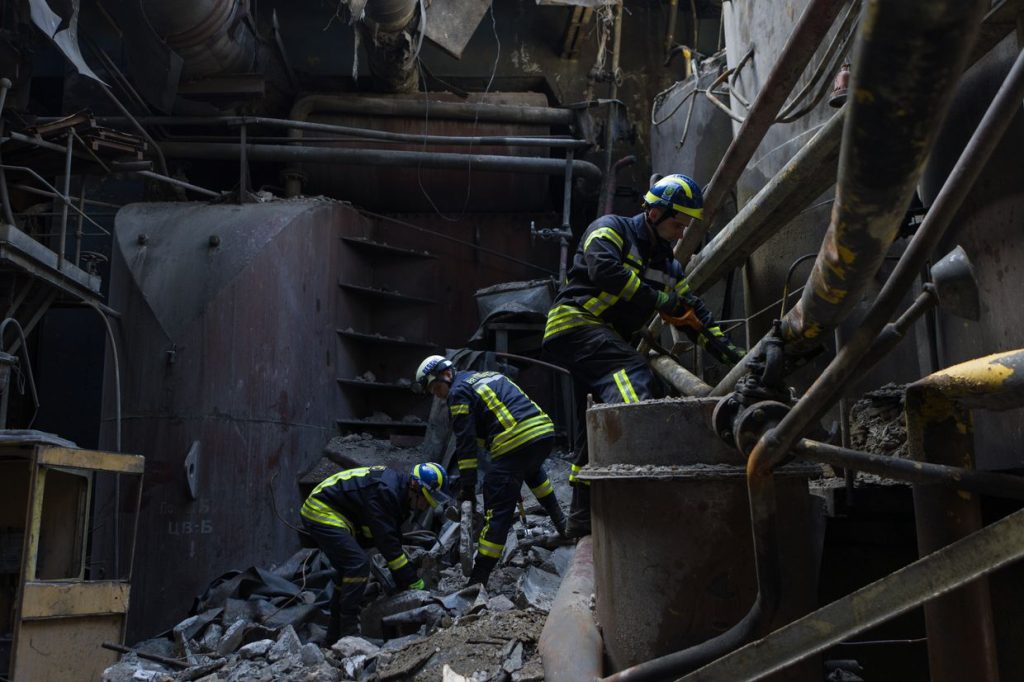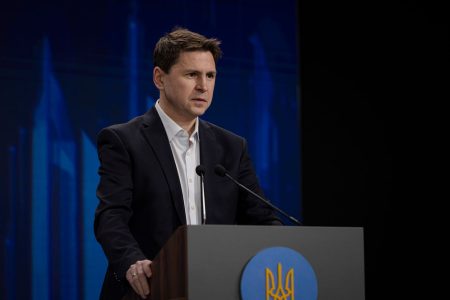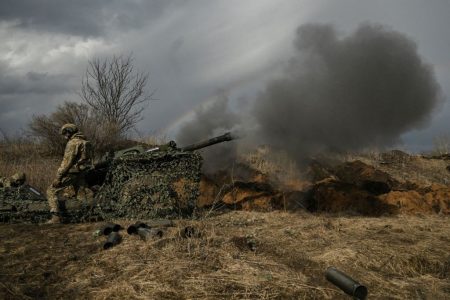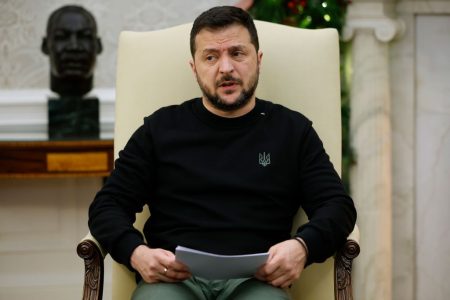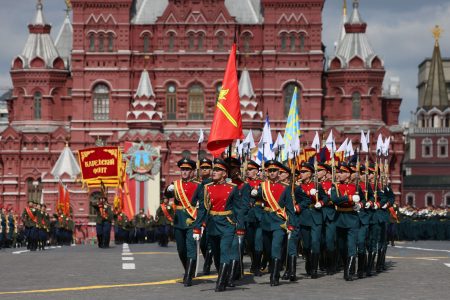The International Energy Agency (IEA) has recommended 10 steps for Ukraine to ensure energy security ahead of the winter season. These measures include strengthening the physical and cyber security of critical energy infrastructure, expediting the delivery of equipment and spare parts for repairs, and accelerating the decentralization of power supply. The IEA’s recommendations are aimed at helping Ukraine avoid potential energy disruptions during the colder months.
One key aspect of the IEA’s recommendations is the need to bolster the physical and cyber security of critical energy infrastructure in Ukraine. This is crucial in order to protect key energy facilities from potential attacks or disruptions. By enhancing security measures, Ukraine can better safeguard its energy supply and ensure a stable flow of electricity and heating throughout the winter season.
Another important step suggested by the IEA is expediting the delivery of equipment and spare parts for repairs. This is essential in order to address any potential breakdowns or malfunctions in the energy infrastructure. By accelerating the process of obtaining necessary equipment, Ukraine can minimize downtime and quickly restore any disrupted energy services.
Additionally, the IEA recommends accelerating the decentralization of power supply in Ukraine. By diversifying energy sources and distributing power generation across multiple locations, the country can improve its energy resilience and reduce its dependence on centralized facilities. This approach can help mitigate the risk of widespread outages and ensure a more reliable energy supply for Ukrainian citizens.
Furthermore, the IEA emphasizes the importance of effective crisis communication and coordination among relevant stakeholders in Ukraine. By establishing clear communication channels and coordination mechanisms, the country can respond more efficiently to any energy-related emergencies or disruptions. This proactive approach can help minimize the impact of potential crises and ensure a more rapid and effective response.
The IEA also suggests enhancing the monitoring and reporting of energy supply and demand in Ukraine. By improving data collection and analysis, the country can better anticipate and address any fluctuations in energy consumption or production. This information can be valuable in guiding decision-making and resource allocation to ensure a stable and secure energy supply throughout the winter months.
In conclusion, the IEA’s recommendations for Ukraine’s energy security ahead of winter prioritize proactive measures to enhance infrastructure security, accelerate equipment delivery, decentralize power supply, improve crisis communication, and enhance monitoring and reporting. By implementing these steps, Ukraine can better prepare for potential energy challenges and ensure a reliable and uninterrupted energy supply for its citizens during the colder months.









